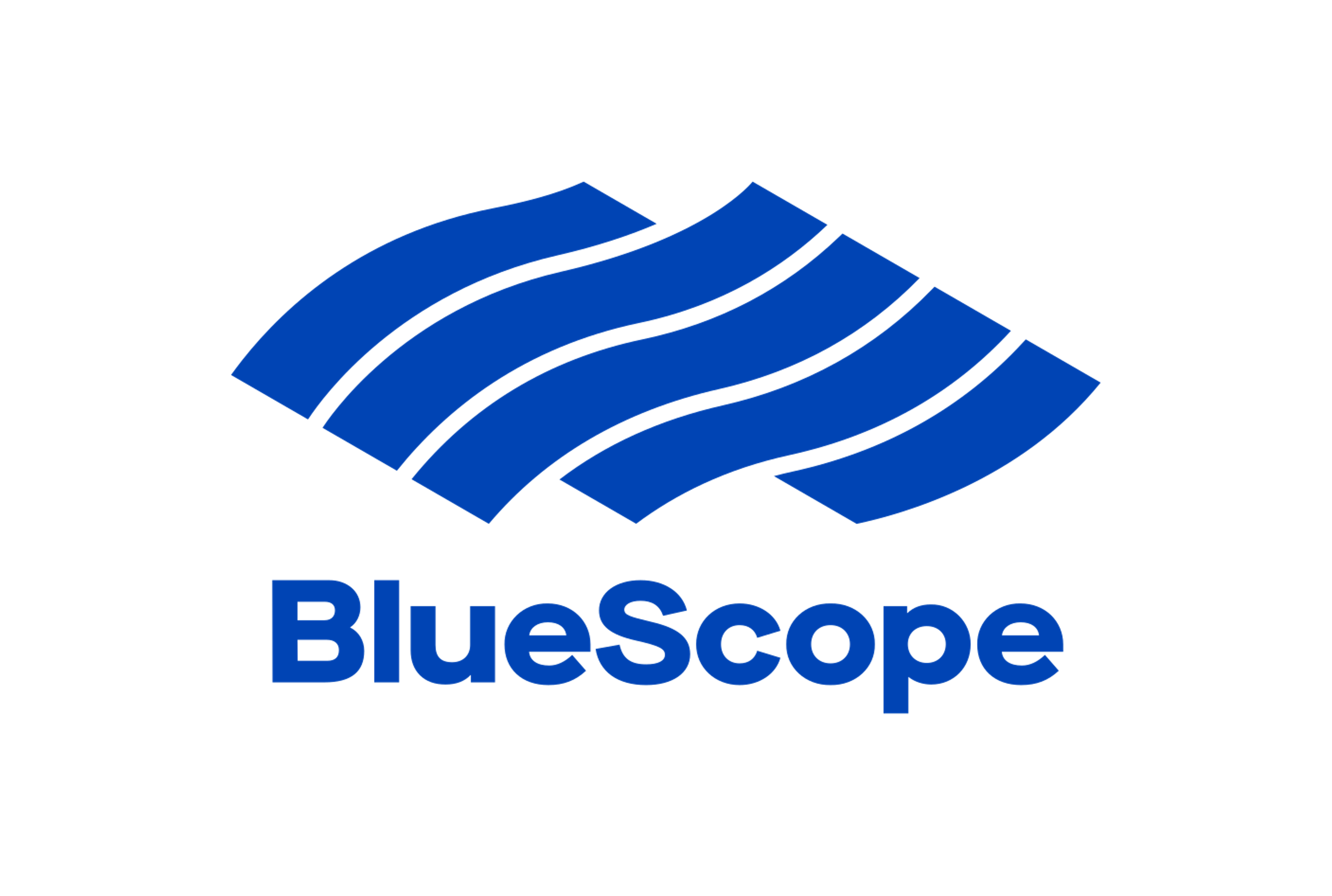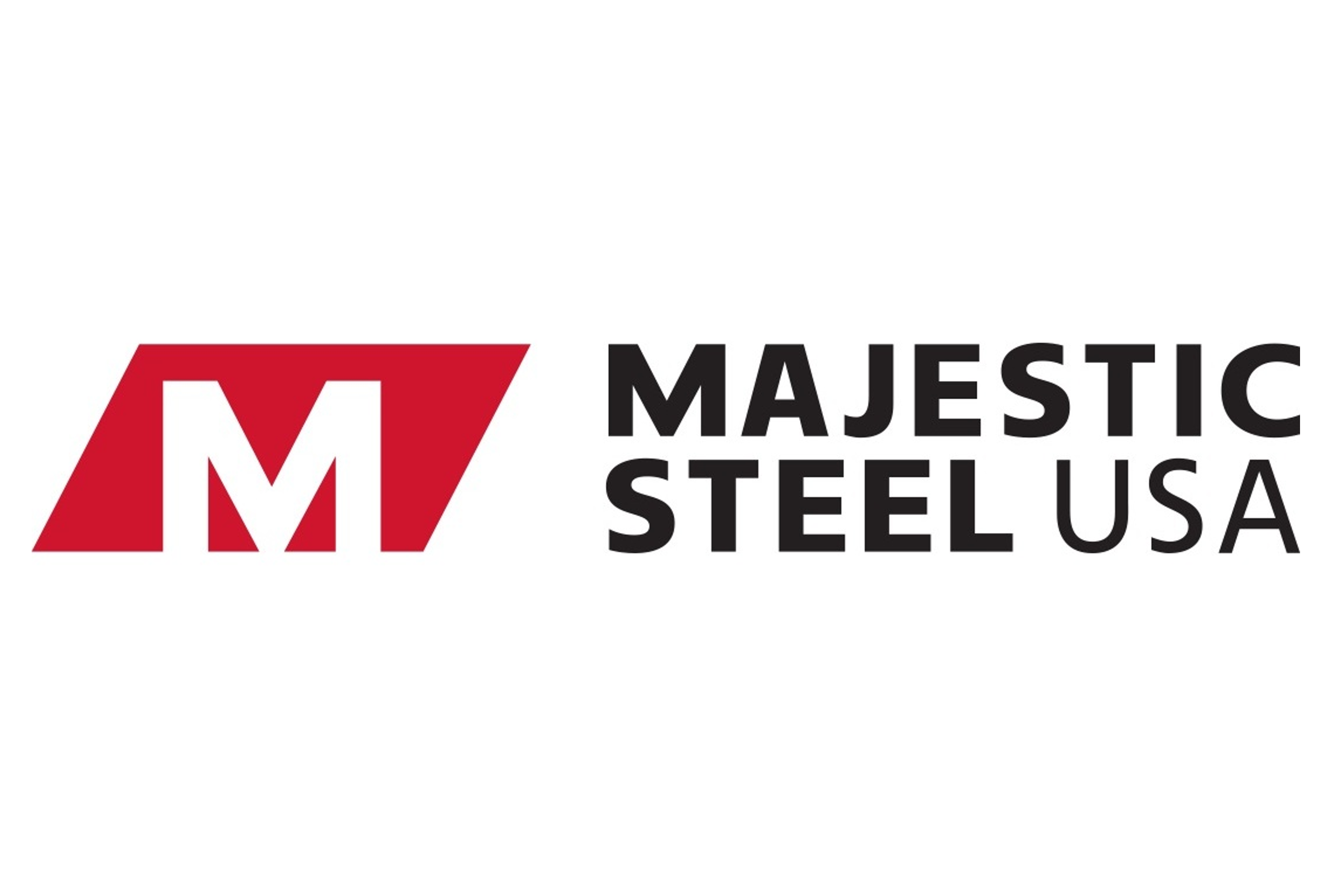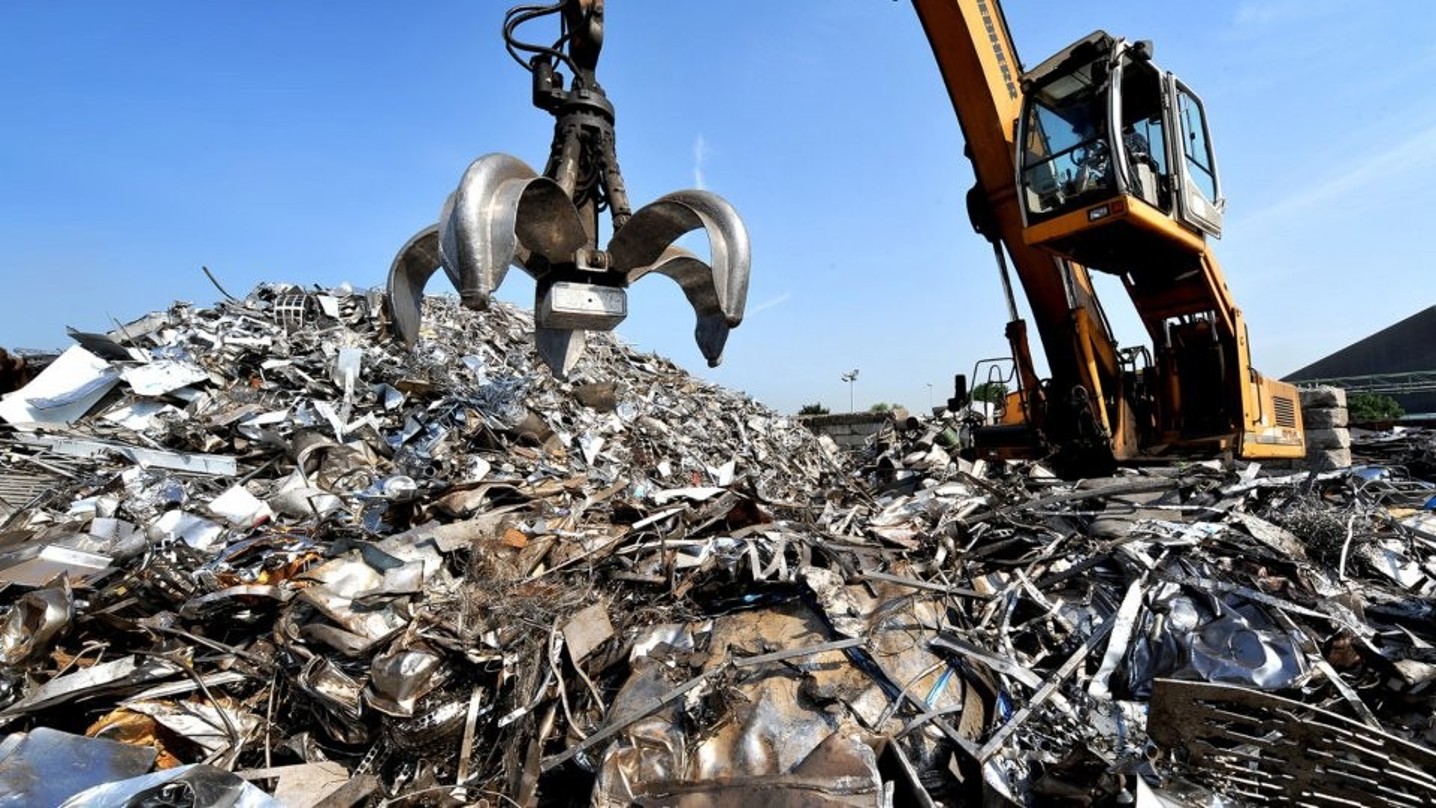Analysis
June 16, 2024
Final thoughts
Written by Michael Cowden
The conventional wisdom is that sheet prices will trend down for the next few weeks (maybe the next two months) before rising again in August – around when lead times stretch into the busier fall months.
We see that reflected in our survey results and in market chatter. And there are plenty of data points to choose from if you want to support of that position.
As I’ve noted before, hot-rolled coil (HR) prices bottomed in the $600s per short ton (st) in 2022 and 2023. And there seems to be something of a consensus now that we might see the $600s again this summer before the market rebounds.
Beware of recency bias!
Just look at today’s issue. Nucor guided to lower Q2 profits. HVAC shipments, while not bad, are down from post-pandemic highs. And new or expanded capacity continues to enter the market.
More modern capacity is a good thing over the long haul. But it’s tough short term for plate, for example. There, we’ve seen lead times contract, and we’ve heard that certain mills are running at very low capacity utilization levels.
That said, steel is somewhat notorious for “recency bias”. When prices are falling, we tend to assume they will continue to. Ditto when they’re rising. That kind of complacency can be dangerous, especially in a market that can turn on a dime.
Have scrap and metallics found a floor?
Here some things to watch as we look for the next inflection point in sheet and plate prices.
Yes, North American ferrous scrap prices fell again in June. But export prices to Turkey might have found a floor. That’s according to reporting by Steve Miller in an article that first appeared in our sister publication, Recycled Metals Update (RMU).
Meanwhile, prices for bush and shred are near parity. (You can track relationship with SMU’s pricing tool.) That’s not unprecedented. But it’s unusual for it to persist for long. Bush typically carries a premium to shred (higher iron content, fewer impurities, etc.). So, all else being equal, that premium should re-establish itself.
Also, as noted in an article originally published in CRU, pig iron prices are trending higher in most markets. Is it possible that we’re already at or near a bottom for raw material prices?
The news matters
We’ve seen forecasts go awry a few times over the last few years because of unexpected events. That might be big, global events – like the pandemic or the war in Ukraine. Or it can be regional factors – like a freak snowstorm in Texas in early 2021 (remember Snowmageddon?) or AHMSA going down unexpectedly in late 2022.
That’s no fault of the forecasts. News is, by definition, the new – the unexpected. The stuff that is hard, if not impossible, to predict.
And now that I’m thinking about the Southwest and Mexico, I can’t help but wonder how the labor action at ArcelorMittal’s mill in Lázaro Cárdenas, on the country’s Pacific coast, might impact the broader North American steel market.
Keep an eye on Los Mineros
Lázaro Cárdenas has crude steel capacity of nearly six million st per year. That total includes hot-rolled coil, slab, and long products. And that’s not to mention the mining operations that support the mill.
Sindicato Minero (or “Los Mineros) union members have been blocking entrances to the company’s mill and mine since May 24, according to Mexican steel association Canacero. (For those not familiar with Canacero, think of it as roughly Mexico’s equivalent of the Steel Manufacturers’ Association or the American Iron and Steel Institute in the US.)
The mill’s blast furnace was shut on June 5 because of the strike, which ArcelorMittal deems illegal. And the company reported 100,000 tons of lost production as of that date. I’m assuming that figure is now higher.
History doesn’t repeat. But it rhymes. This isn’t like AHMSA, which shutdown suddenly over the holiday in 2022. Then, perhaps few besides Ternium, another Mexican steelmaker, were quick to realize what was happening and place orders to cover their needs. What’s happening now isn’t that kind shock. ArcelorMittal has been relatively timely in issuing public statements to keep the market in the loop.
Still, it’s not hard to surmise where the impacts could be felt. It’s also not difficult to see how any extended outage could impact the US. ArcelorMittal Calvert, for example, sources its slabs from ArcelorMittal Mexico, from Brazil, and from Cleveland-Cliffs’ Indiana Harbor mill in northwest Indiana. (The company did not respond to a request for comment for this article.)
That “optionality” is a good thing. I’m guessing that Calvert (and other customers) can make do with material that was on the ground in Mexico before the strike, with slabs on the ground at Calvert, and with slabs from Brazil and from Cliffs.
And I’m assuming Calvert would have been aware of the labor situation in Mexico and perhaps increased orders from Brazil long before the rest us were aware of it. It also doesn’t hurt that demand is stable/weak. So most mills aren’t exactly burning through slabs right now.
But I’ve heard from some of you – including those closer to markets in Mexico and the Gulf Coast – that the action by Los Mineros is dragging on for longer than expected. I’ve also heard that Ternium has only recently gotten its slab situation straightened out after an unplanned blast furnace outage in Brazil in late Q1. Does that mean there might be less slack in the system than might be assumed?
I’m not sure how long the labor unrest at Lázaro Cárdenas would have to persist for it to disrupt the downtrend in US prices. My guess is the first impact would be a halt to rock-bottom pricing on certain sizes and grades. And maybe the low-priced deals we’ve seen over the last few weeks would start to dry up. Or at least they would dry up from certain mills.
Again, I’m not saying that prices will go shooting higher on Lázaro Cárdenas alone. But in steel, it’s always something. And maybe this is that “something”? (Ha, or more likely, that “something” is something else entirely – news that few of us could have anticipated.)
Happy Father’s Day!
A very Happy Father’s Day to those of you reading this on Sunday – whether a dad, stepdad, grandpap or great grandpa. To those seeing this on Monday, we hope you had a pleasant yesterday. And to all of you, thanks for your continued support of SMU!







